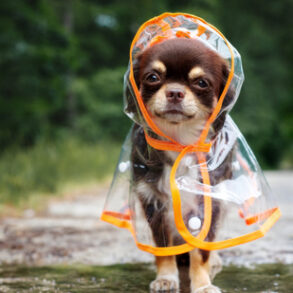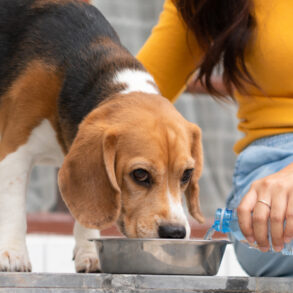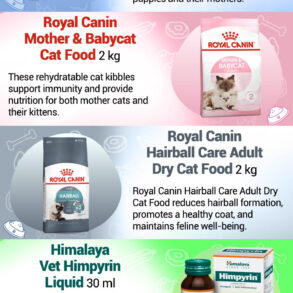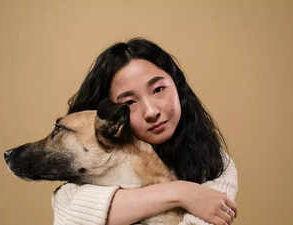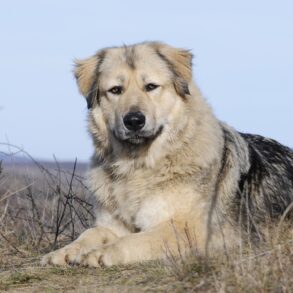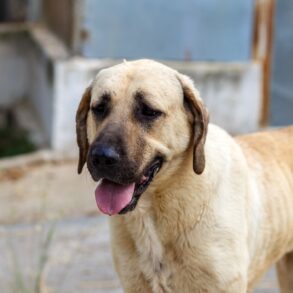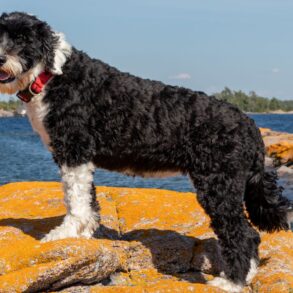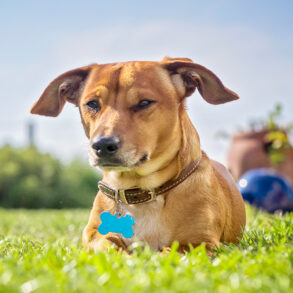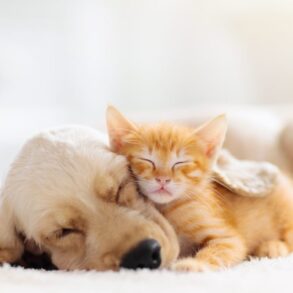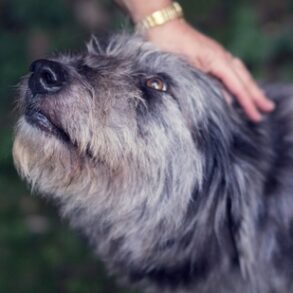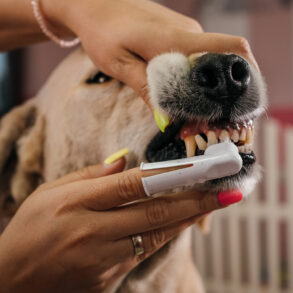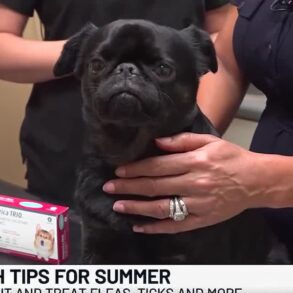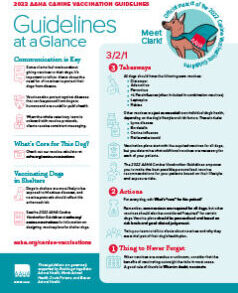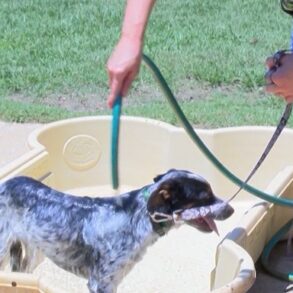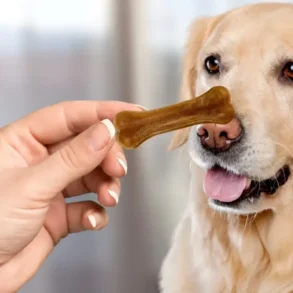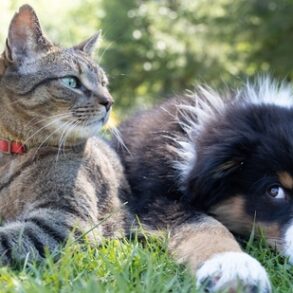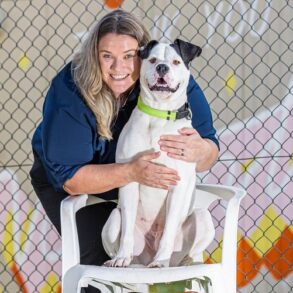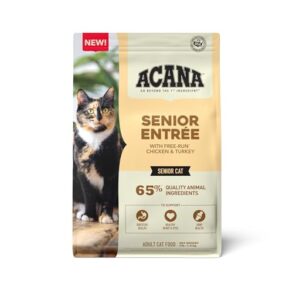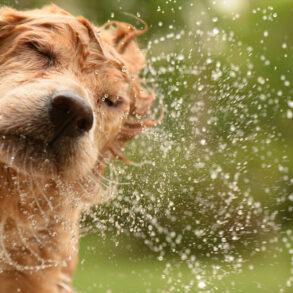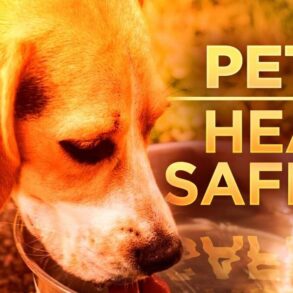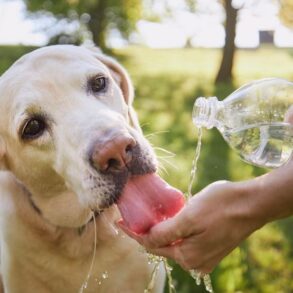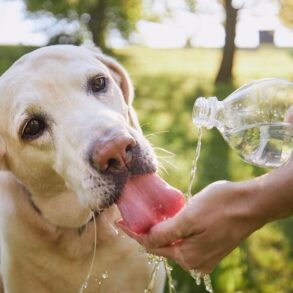Dr. Cynthia Maro
After several years of mild weather with minimal snow and ice, our region has been experiencing winter this season.
You can help increase pets’ comfort and make both indoor and outdoor pets more comfortable with some of the following winter pet care tips:
Cold weather and longer daylight typically mean less outdoor time for people and pets in regions that experience four truly distinct seasons. People and pets tend to burn fewer calories, so the first tip is to modify your pet’s diet to match their energy expenditure.

Less activity = fewer calories to meet energy needs. Cut back on meal sizes and treats.
If your pet is in the minority and gets lots of activity, like winter running, hunting, agility, dock diving, herding, tri-ball, hiking and more, their caloric intake may actually need to increase in winter.
For animals who are getting outdoors in winter, their healthy fat intake needs may increase.
How can owners tell if their pets are getting enough calories?
For dogs, feel their rib cage right behind the shoulder blade. If you can feel ribs, without wading through a fat layer, your pet is likely at an ideal lean weight. If, you can’t feel the ribs, they are likely overweight.
And if you can see the ribs, depending on the breed, they are likely underweight.
In cats, the rib cage isn’t the first area to accumulate fat. Instead, your extra-fluffy feline will put weight on in the belly area, between the rear legs. If you can feel a handful or more of loose skin and fat in that area, your kitty is too heavy. Cut back on the food and snacks and ramp up the activity.
Some pets put weight on easily when they aren’t getting enough of the right minerals and fats in their diets. There are now tests available to monitor tissue minerals through fur analysis. If you decide to have that test performed on your pets, be certain you see a vet who can interpret the test for you and guide you in choosing the best nutritional supplements.
Healthy fats, including omega-3 fatty acids, may also need to be increased in the wintertime. Feeding a variety of fat sources is ideal for cats and dogs, but never add a lot of fats all at once, because some pets are prone to pancreatitis. A blood test that measures fatty acids is available for pets and can help you and your vet decide whether your pet needs more dietary fats.
Another winter concern for pets is getting them plenty of physical and mental stimulation. Lack of stimulation leads to a slowdown in metabolism, weight gain, deconditioned muscles, orthopedic and degenerative disorders and earlier onset cognitive decline.
Many pets will over-groom or self-traumatize when they have reduced stimulation. Dogs, cats and pet birds can all display signs of self-trauma when faced with long periods of diminished activity and interaction.
When possible and for the appropriate species, continue to get pets outdoors – it will keep you and your companion more fit and healthy.
Take precautions to use protective paw-wear and jackets when the temps are bitter cold. For short-haired dogs, I suggest outwear when the temps are below 20 degrees, or when there is freezing rain.
Be sure to remove footwear upon returning home and wipe the paws clean and dry after walks.
This is especially needed when walking anywhere with road deicing agents or salt.
If cracked paws occur, ask your vet for suggestions on paw-healing products.
To prevent dry skin and the shocking experience of touching your pet in a low-humidity house, I recommend humidifying the home. You can add live house plants or mist your rooms with a plant sprayer several times daily. You can also add a whole-house humidifier or vaporizer to increase moisture.
Additionally, I suggest people use a diluted skin moisturizer or mousse on their pet’s skin throughout the winter to keep their skin and coat healthy and dandruff-free.
For animals that live outdoors, be sure to check water bowls regularly and keep them ice-free. Assure outdoor shelters are in a well-drained area and that pets have fresh, dry bedding. If temps go below 20 degrees, bring animals indoors. Anytime freezing rain occurs, pets need to come inside or have a heated enclosure.
When in doubt about how to best care for your pet in winter, your veterinarian is a great resource for products, advice and ideal care practices.
Dr. Cynthia Maro is a veterinarian at the Ellwood Animal Hospital in Ellwood City and the Chippewa Animal Hospital in Chippewa Township. She writes a biweekly column on pet care and health issues. If you have a topic you’d like to have addressed, email ellwoodvet@msn.com.
This post was originally published on this site be sure to check out more of their content.








